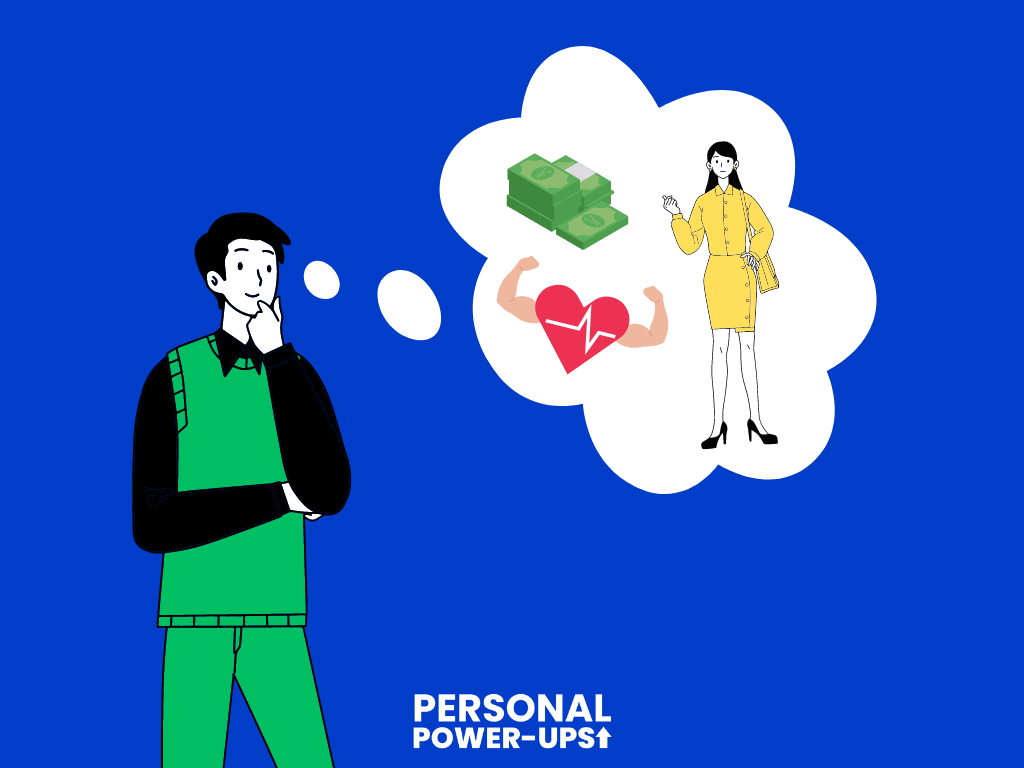Have you ever felt like life is happening to you rather than being a result of your own choices? Do you find yourself drifting aimlessly, unsure of where you’re headed or what you truly want? If so, you’re not alone. Many people struggle with these feelings, but there’s a powerful concept that can help you take charge of your life: life design.
Table of Contents
Life Design Definition
So, what is life design? Simply put, life design is the intentional process of creating a life that aligns with your values, passions, and goals. It’s about designing your life rather than letting it be shaped by external forces – like other people – or default choices. Instead of merely reacting to circumstances, you become the architect of your own destiny. Sounds good, right?
Additionally, it is also a proactive approach to living that empowers you to identify what matters most to you and take intentional steps to make it a reality. It’s about clarifying your vision, setting meaningful goals, and crafting a plan to achieve them. But it’s not just about achieving success in traditional terms; it’s also about creating a life of fulfillment, purpose, and joy.
At its core, life design is about asking yourself fundamental questions: What do you want your life to look like? What brings you happiness and fulfillment? What are your strengths, passions, and values? By answering these questions honestly and thoughtfully, you will gain valuable insights into what truly matters to you. You can use this information to start shaping your life accordingly.

Principles of Life Design
One of the key principles of life design is self-awareness. To design a life that’s authentic and fulfilling, you first need to understand yourself deeply. This means being honest about your strengths and weaknesses, your likes and dislikes, and your hopes and fears. Self-awareness is the foundation upon which you can build a life that’s true to who you are.
But self-awareness alone isn’t enough. Once you understand yourself better, you need to translate that knowledge into action. This is where the process of life design comes into play. It involves setting specific, actionable goals (SMART-goals) based on your values and passions and creating a roadmap to achieve them. It’s about breaking down your big dreams into smaller, manageable steps and taking consistent action towards them. In this phase it’s important to have good personal productivity to see results.
Another important aspect of life design is adaptability. Life is unpredictable, and things almost never go according to plan. That’s why it’s so important to remain flexible and willing to adjust your course as needed. Life design isn’t about rigidly sticking to a predetermined path; it’s about being open to new opportunities and experiences and being willing to course-correct when necessary. And believe me, you will have to correct your course, probably countless times.
Ultimately, life design is a continuous process of growth and self-discovery. It’s not something you do once and forget about; it’s an ongoing journey of reflection, experimentation, and refinement. And as you evolve and change, so too will your goals and priorities. In conclusion, life design is about staying true to yourself while also being open to new possibilities and opportunities for growth.
How to Get Started With Life Design
So, how can you start applying the principles of life design to your own life? Here are some steps to get you started:
- Reflect on what matters most to you: Take some time to reflect on your values, passions, and goals. What do you want your life to look like? And where are you now? What brings you joy and fulfillment? Use journaling, meditation, or other reflective practices to gain clarity about what truly matters to you.
- Set meaningful goals: Based on your reflections, set specific, meaningful goals that align with your values and passions. Make sure your SMART-goals are realistic and achievable, but also challenging enough to stretch you out of your comfort zone.
- Create a plan: Once you’ve set your goals, create a personal growth plan to achieve them. Break down your big goals into smaller, actionable steps, and create a timeline for completing them. Be sure to include milestones along the way to track your progress.
- Take action: With your plan in place, start taking action towards your goals. Don’t wait for the perfect moment; the best time to start is now. Take consistent, focused action, and don’t be afraid to course-correct if things don’t go as planned.
- Stay adaptable: Remember that life is unpredictable, and things won’t always go according to plan. Stay flexible and open to new opportunities and experiences, and be willing to adjust your course as needed.
By following these steps, you can begin to design a life that’s authentic, fulfilling, and true to who you are. Remember, life design is about taking control of your destiny and creating the life you truly want to live. So what are you waiting for? Start designing your life today!




